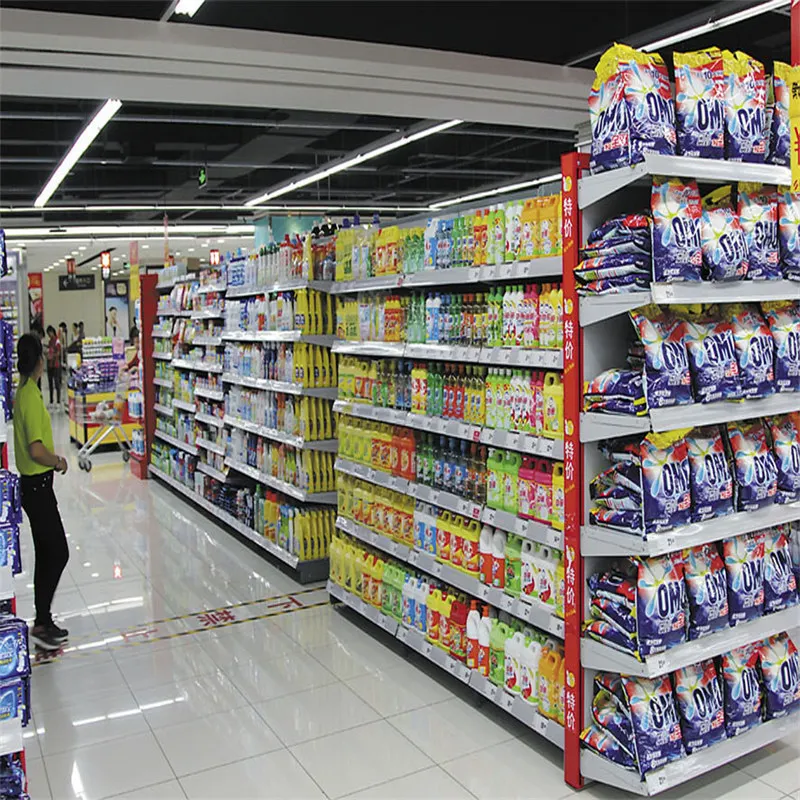Metal supermarket shelves are a common sight in retail environments, providing an efficient way to organize and display products. While these shelves are durable and versatile, ensuring their safe use is paramount. Neglecting safety considerations can lead to accidents, injuries, and property damage.
In this article, we will discuss essential safety considerations to keep in mind when using metal supermarket shelves.


Weight Capacity
One of the most crucial safety considerations is understanding the weight capacity of your metal shelves. Exceeding weight limits can cause shelves to buckle or collapse. Ensure that heavy items are evenly distributed across the shelves, and be mindful of any weight restrictions specified by the manufacturer.
Stability and Installation
Always follow the manufacturer's assembly instructions carefully. Ensure that the shelves are correctly assembled, and all fasteners are tightened to the recommended specifications. Loose or improperly assembled shelves can become unstable and pose a safety hazard.
If your supermarket shelves are tall or prone to tipping, consider securing them to the floor to prevent accidents, especially in areas with high foot traffic or seismic activity.
Accessibility
Maintain clear and well-marked aisles between shelves to allow easy access for customers and staff. Cluttered or obstructed aisles can lead to accidents and impede emergency exits.
When stacking items on high shelves, use appropriate equipment like ladders or step stools. Avoid overreaching or climbing on the shelves, as this can lead to falls and injuries.
Regular Inspections
Implement a regular inspection and maintenance schedule for your metal shelves. Check for signs of wear and tear, loose fasteners, or damaged components. Address any issues promptly to prevent accidents.
Safety Signage
Use clear and easily understandable signage to indicate weight limits, safety guidelines, and any potential hazards associated with the shelves. This helps educate employees and customers about safe usage.
Employee Training
Train your employees in safe shelving practices, including how to load and unload items safely, identify potential hazards, and respond to emergencies.
Hazard Mitigation
Consider adding edge guards or bumpers to the ends of shelves to reduce the risk of injuries caused by sharp edges.
If your supermarket shelves have a slippery surface, especially in refrigerated sections, use anti-slip mats or liners to prevent items from sliding or falling.
Regular Load Reassessment
In a retail environment, products and displays often change. Periodically reassess the load distribution and weight limits based on the current inventory and displays.
Conclusion
Metal supermarket shelves are essential for efficient retail operations, but safety must always be a top priority. By following these safety considerations, businesses can create a safer shopping environment for customers and provide a secure workspace for employees.


.jpg)